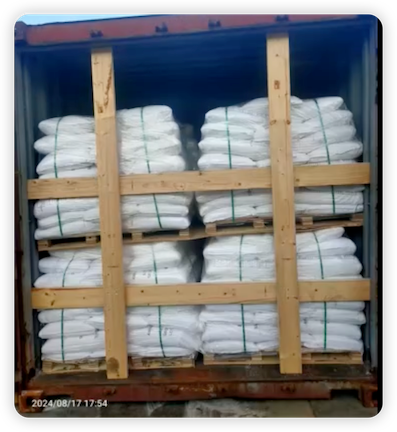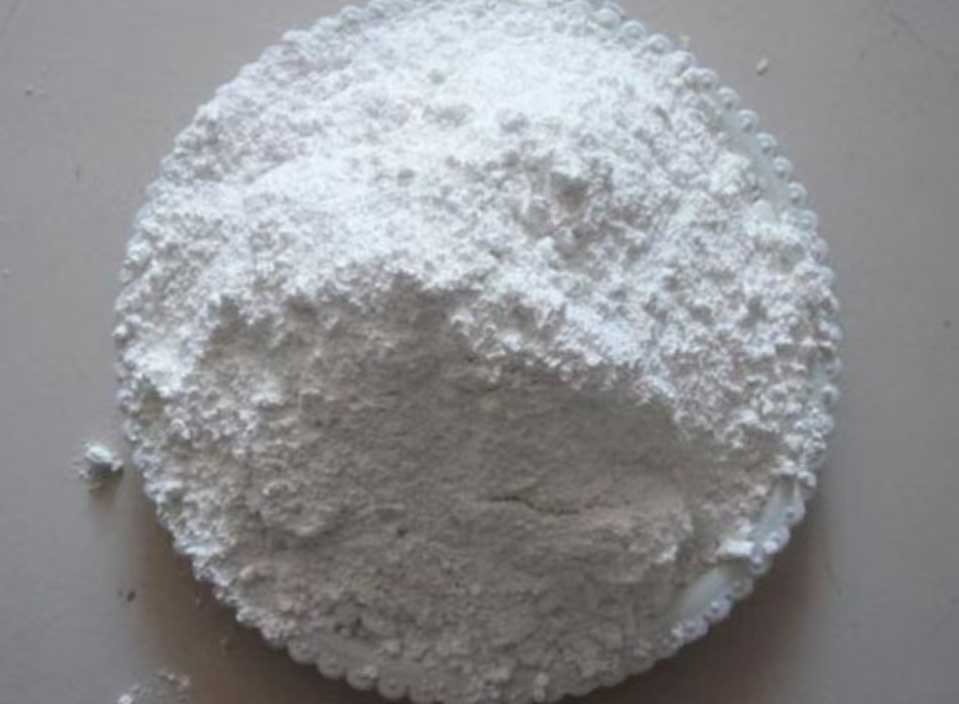Zinc Oxide for Rubber: Properties, Applications, and Performance Benefits in Manufacturing
Meta Description:
Discover how zinc oxide enhances rubber performance. Learn its key properties, applications, benefits, and supplier selection tips for the rubber industry.
1. Introduction
Zinc oxide (ZnO) is one of the most important additives in rubber manufacturing, playing a crucial role in vulcanization, durability, and overall performance. Whether you’re producing automotive tires, industrial belts, or footwear soles, the right zinc oxide grade can significantly impact the quality and longevity of the end product.
2. What is Zinc Oxide for Rubber?
Zinc oxide is an inorganic compound (ZnO) with exceptional chemical stability, high thermal conductivity, and strong UV absorption capabilities. In rubber compounding, it acts as an activator in the sulfur vulcanization process, improving elasticity, tensile strength, and resistance to heat and wear.
Further reading:
3. Key Properties of Zinc Oxide in Rubber
-
Reinforcing Strength: Improves tensile and tear strength.
-
Heat Resistance: Prevents degradation at high temperatures.
-
UV Protection: Protects against sunlight-induced aging.
-
Anti-Aging Effects: Extends rubber lifespan by slowing oxidation.
4. Applications in Rubber Manufacturing
4.1 Automotive Industry
-
Tires
-
Hoses and belts
-
Seals and gaskets
4.2 Industrial Applications
-
Conveyor belts
-
Vibration dampers
-
Protective rubber linings
4.3 Consumer Products
-
Footwear soles
-
Sports equipment
-
Waterproof gear
Reference: International Zinc Association – Rubber Uses
5. Benefits of Using Zinc Oxide in Rubber
-
Enhanced elasticity and flexibility
-
Increased wear and weather resistance
-
Improved vulcanization control
-
Long-lasting performance in harsh environments
6. Different Grades of Zinc Oxide for Rubber
| Grade | Particle Size | Applications | Advantages |
|---|---|---|---|
| Standard ZnO | 0.1–10 µm | General rubber goods, tires | Cost-effective, widely available |
| Active Zinc Oxide | <0.1 µm | High-performance rubber, sealing products | Higher reactivity, better dispersion |
| Nano Zinc Oxide | <0.05 µm | Specialized UV-resistant rubber | Enhanced UV protection, unique properties |
7. Choosing the Right Zinc Oxide Supplier for Rubber Production
-
Quality Certifications: ISO 9001, REACH, RoHS compliance
-
Production Capacity: Consistent supply even during high demand
-
Product Range: Standard, active, and nano zinc oxide
-
Regional Presence: Shorter lead times, better logistics support
Reference suppliers:
8. Market Trends and Innovations
-
Sustainable ZnO Production: Low-energy, recycling-based processes
-
Nano ZnO Adoption: Growing in high-performance rubber products
-
Regional Demand Growth: Southeast Asia and the Middle East emerging as key markets
Reference:
9. Conclusion
Zinc oxide is indispensable for rubber manufacturing due to its ability to enhance performance, durability, and processing efficiency. By choosing the right grade and supplier, manufacturers can achieve better quality products and remain competitive in a demanding market.
10. FAQ
Q1: How much zinc oxide is used in rubber compounding?
Typically between 3–5% by weight, depending on product requirements.
Q2: Is nano zinc oxide safe for rubber products?
Yes, when produced and handled according to safety guidelines, nano ZnO can be safely used.
Q3: Can recycled zinc oxide be used in rubber production?
Yes, high-quality recycled ZnO can match the performance of virgin material in many applications.
2025 Oxid Zinc: Key Properties, Functions, and Market Demand



